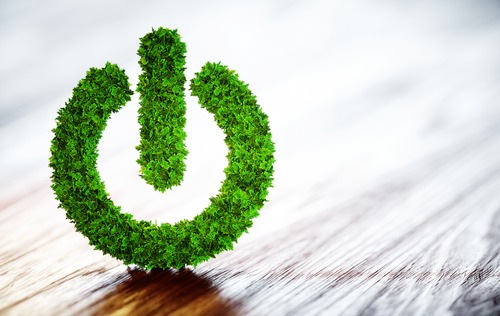ACP report says 2022 was third highest year ever for clean power installations

Last year was the third highest year on record for combined U.S. wind, utility solar, and energy storage capacity development, according to the Clean Power Annual Market Report produced by the American Clean Power Association (ACP).
The report found that more than 25 gigawatts (GW) of new clean power was installed in 2022, bringing the total amount of clean power online by year’s end to nearly 228 GW. It was the leading source of new power, as 79 percent of all new capacity added in 2022 was clean power. By the end of the first quarter of 2023, wind and solar provided 232 GW of clean energy, which amounts to over 15 percent of the country’s electricity and is equivalent to powering over 62 million homes. A big driver last year was energy storage, which saw a record year with 4 GW and 12 GWh commissioned, representing an 80 percent increase in total operating storage capacity.
Texas added twice as much clean energy capacity as any other state in 2022 — about 9 GW. It has the most operating clean power capacity of any state with nearly 55 GW. Iowa and South Dakota each generated over half of their electricity from clean power last year.
“The clean energy revolution is underway,” ACP CEO Jason Grumet said. “We have the technology, financial capital and workforce to power our economy with clean, affordable and secure energy. There is broad bipartisan support for American energy innovation. But the clean energy transition will not succeed unless Congress and Governors enable the siting and construction of new energy facilities and support the build out of transmission that is required to bring clean power to the people.”
The report said that after historic clean energy incentives were signed into law in August 2022, clean power has seen record levels of announced activity. Overall, 139 GW of clean energy projects were under development at the end of the first quarter – an 11 percent increase over last year. In the development pipeline, solar accounts for 59 percent of all clean power capacity while land-based wind accounts for 15 percent, battery storage represents 14 percent, and offshore wind claims the remaining 13 percent.
While much is in the pipeline, installation activity has slowed. By the end of 2022, 53 GW of projects were experiencing delays due to ongoing regulatory, supply chain and interconnection challenges. This resulted in a 15 percent decline in deployment volume compared to 2021. At the end of Q1 2023, 63.3 GW of clean power was delayed. At last year’s project installation rate, only 30 percent of what is needed to reach a net-zero grid by 2035 would be installed. The report said these installation challenges must be addressed to unlock the full potential of the nearly 140 GW of clean energy in the pipeline.
Among other findings, the clean power industry employs 443,000 workers and invested $35 billion in capital investment in 2022. There are 550 U.S. manufacturing facilities dedicated to producing components and parts for wind, solar, and storage projects in the clean power industry. And since the passage of the Inflation Reduction Act (IRA), 47 new clean energy manufacturing facilities or expansions have been announced.
